Meet the First St. Baldrick’s Fellow: Dr. Sharon Singh
Where is our very first St. Baldrick’s Fellow now? Still in the lab, that’s where! Meet Dr. Sharon Singh, the physician-scientist who was given the inaugural St. Baldrick’s Fellow Award in 2005. What does that monetary vote of confidence do for a new researcher and for the childhood cancer research field? It’s been 19 years and the results are in – read on to find out.
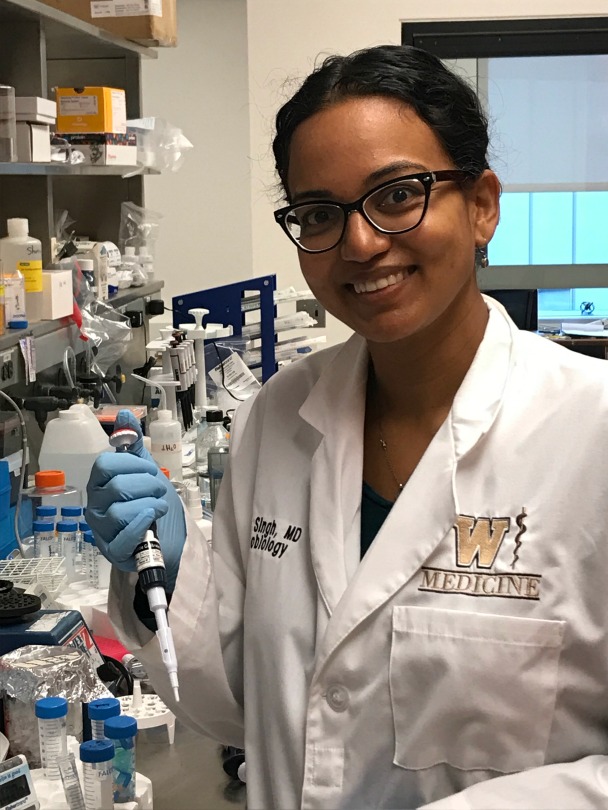
Dr. Sharon Singh currently works as a clinician, researcher, and associate professor at University of Michigan, C.S. Mott Children’s Hospital.
At the heart of it, Dr. Sharon Singh is a problem solver and for the last decade, the pediatric hematologist-oncologist has been working on the problem of childhood cancer. But she knows that the big problem of kids’ cancer can’t be solved only at the bedside of a patient – problem solvers like her need to be in the lab too.
And that is exactly what Dr. Singh is doing, thanks to a St. Baldrick’s grant given almost 20 years ago.
What Is Ewing Sarcoma?
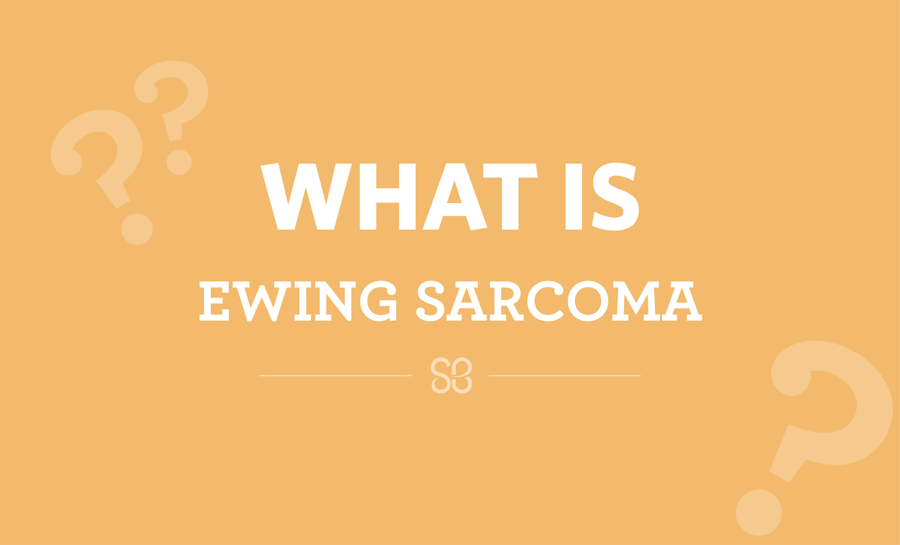
Jason Yustein, M.D., Ph.D., a St. Baldrick’s Foundation Board Member and Scientific Program Committee Member, at Emory University School of Medicine, Georgia, explains Ewing sarcoma symptoms, treatment options, and research opportunities.
What is Ewing sarcoma?
Ewing sarcoma is a type of childhood cancer that is most frequently found in children and adolescents between the ages of 10 and 20 years old.
Ewing sarcoma — the second most common bone cancer after osteosarcoma — often originates in the long, large bones of the body, including the hip, thigh, shin, chest, and arm bones.
What Is Alveolar Rhabdomyosarcoma?
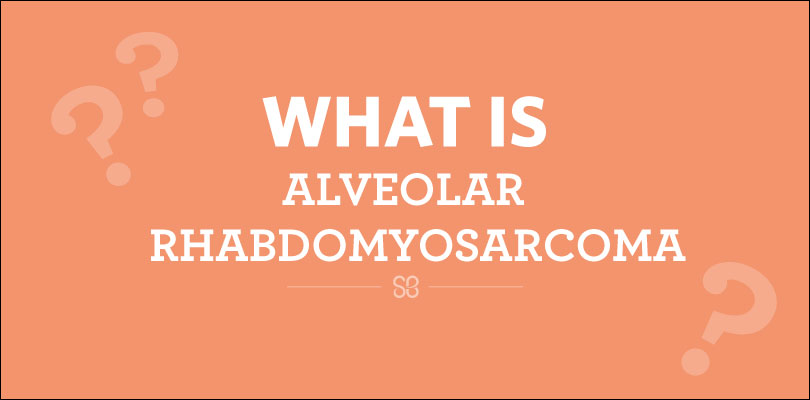
What is alveolar rhabdomyosarcoma?
There are two main types of pediatric rhabdomyosarcoma: embryonal rhabdomyosarcoma and alveolar rhabdomyosarcoma.
- Embryonal rhabdomyosarcoma (ERMS) occurs most often in children under 10 years old and is found in the head, neck, urinary tract, or reproductive organs. It is the most common type.
- Alveolar rhabdomyosarcoma (ARMS) is more aggressive, occurs more commonly in teens or young adults, and usually starts in the torso, arms, or legs.
Rhabdomyosarcoma is the most common soft tissue cancer in children, with approximately 350 new cases each year in the United States.
What Is Embryonal Rhabdomyosarcoma?
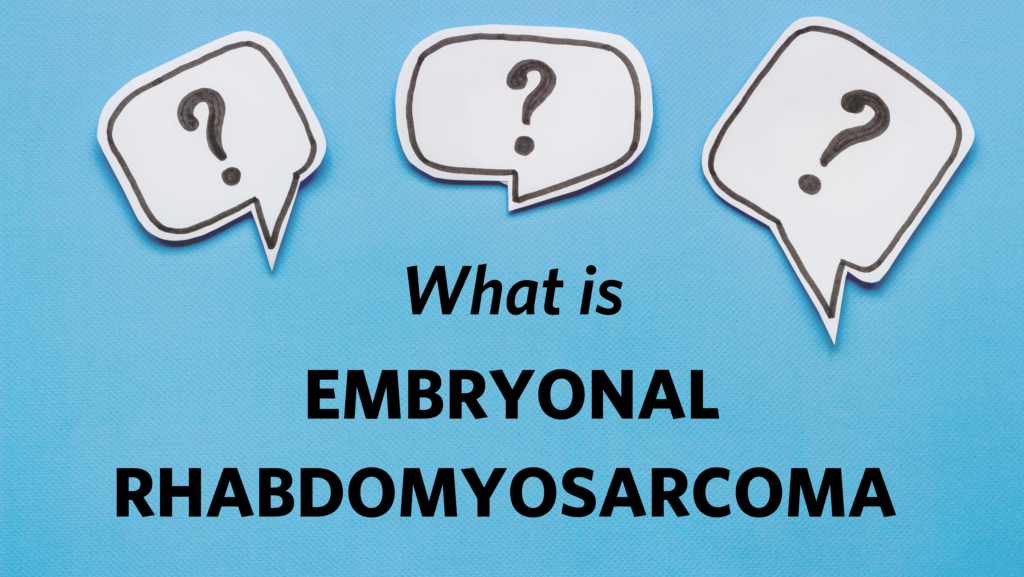
What is embryonal rhabdomyosarcoma?
Embryonal rhabdomyosarcoma is a malignant soft tissue tumor that is formed from embryonic skeletal muscle tissue, the type of tissue that grows into skeletal muscles.
When we think about skeletal muscles, we might first think of biceps or hamstrings, but embryonal rhabdomyosarcoma doesn’t usually start in the arms or legs. Most often, these tumors are seen in the head or neck, bladder, or reproductive organs.
What Is Acute Myeloid Leukemia (AML)?

Dr. Mizukawa is a past St. Baldrick’s Scholar. He explains acute myeloid leukemia symptoms, treatment, and research progress
What is acute myeloid leukemia (AML)?
Leukemia is cancer of the blood cells. Leukemia cells divide quickly and fail to mature into normal, functioning blood cells.
Acute leukemia progresses rapidly and is classified into two general subtypes:
- When the cancer affects the lymphocytes, a type of white blood cell, it is called acute lymphoblastic leukemia, or ALL.
- When the cancer affects other blood cell types, such as red blood cells, platelet-forming cells, and other types of white blood cells, it is called acute myeloid leukemia, or AML.
This New Tool Could Mean Better Health For Childhood Cancer Survivors
For childhood cancer survivors, treatment helps them to live, but often that survival comes at a cost. But what are these costs? And how big is the problem? That’s what St. Baldrick’s Fellow Dr. Nickhill Bhakta wanted to figure out. And as it turns out, that data could be a lifesaver.

St. Baldrick’s Fellow Dr. Nickhill Bhakta works at his desk in St. Jude Children’s Research Hospital. With a portion of the grant supported by the St. Baldrick’s Friends for Hope Fund, he developed a special statistical tool to help capture the true volume and complexity of chronic health conditions faced by childhood cancer survivors because of the long-term consequences of their treatment — something that hadn’t been done before. Photos courtesy of St. Jude Children’s Research Hospital
What Is Neuroblastoma?
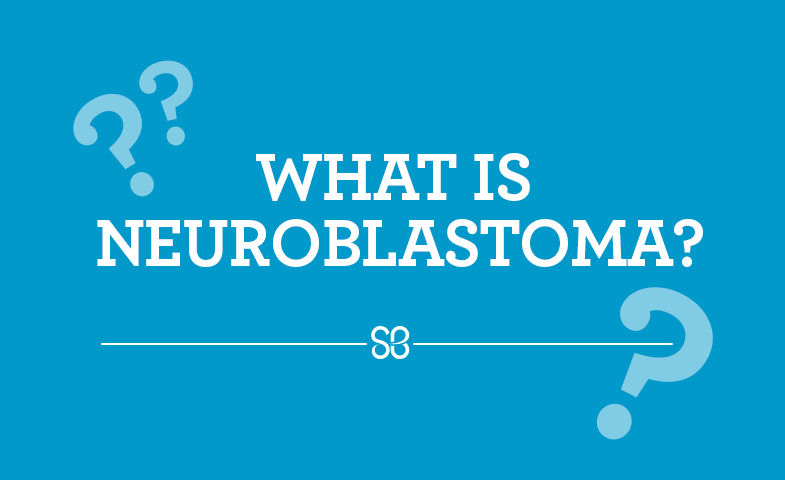
Susan L. Cohn, M.D., chair of the St. Baldrick’s Scientific Advisory Committee and world renowned neuroblastoma expert, explains what neuroblastoma is and how St. Baldrick’s research is contributing to better outcomes for patients.
St. Baldrick’s Grants Showcase Breadth of Pediatric Cancer Research
When the St. Baldrick’s Foundation announced its latest grant recipients today – via a press release that you can see here: Press Release – we were pleased to report that more than $17 million was awarded to a total of 55 recipients.
To put that into perspective, we award $27 million toward grants and advocacy efforts this year, so this represents the largest of our funding cycles during the year. (A complete list of the institutions that were awarded grants can be found at the end of this blog post. )
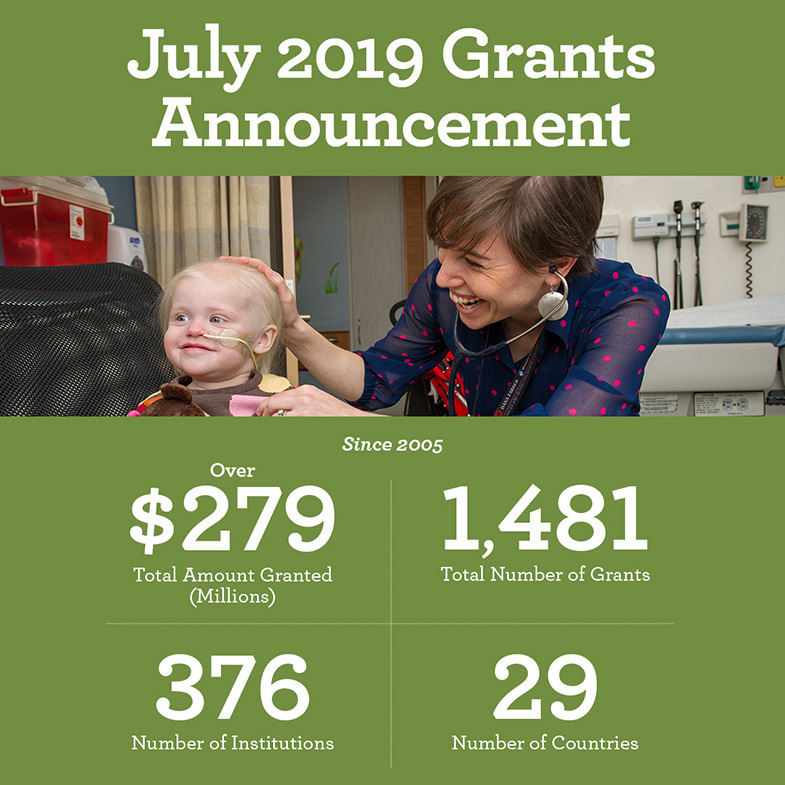
St. Baldrick’s 2018 Infrastructure Grant Recipients Revealed!
The St. Baldrick’s Foundation has announced its 2018 Infrastructure Grant recipients. In total, the grants amount to more than $1.7 million and will be spread across 29 US-based institutions.

Researcher Targets Childhood Cancer With a Virus
Just mentioning herpes might make some people a little nervous, but in this story, herpes is the good guy. Read on for more about St. Baldrick’s Scholar Dr. Gregory Friedman’s work on a genetically altered version of the virus that could be the next targeted therapy for kids with brain tumors.
BREAKING NEWS: An innovative therapeutic tool developed by Dr. Friedman has proven to be safe in kids with high-grade gliomas, according to recently released clinical trial findings. Crafted from the herpes virus that causes cold sores, the genetically modified virus has already shown promise in killing cancer cells and stimulating the immune system to attack the brain tumor – with one patient still showing progress more than a year after treatment! In the next phase of research, Dr. Friedman will study how safe the viral tool is when combined with one low dose of radiation, which is expected to boost the immune system and help the virus replicate.
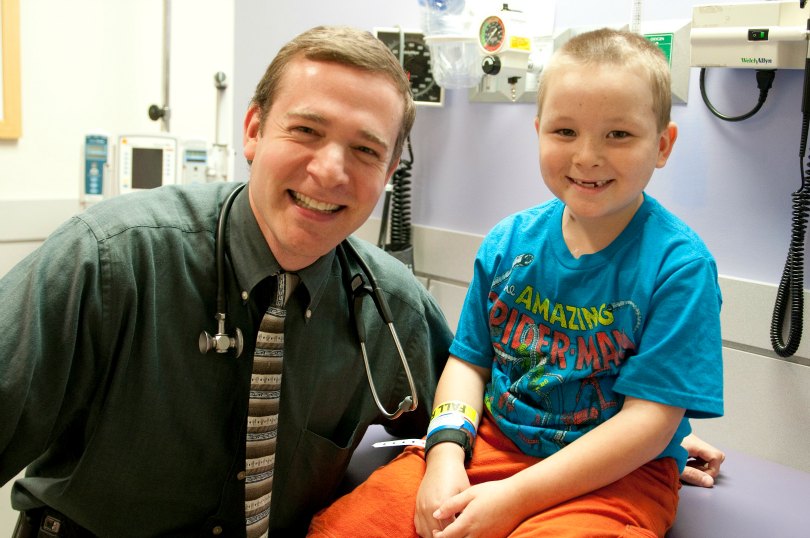
Dr. Friedman smiles with a young patient in an exam room at Children’s of Alabama.
St. Baldrick’s Scholar Dr. Gregory Friedman discovered that the herpes simplex virus, with a few modifications, will kill pediatric brain cancer cells — without causing cold sores.
Older Posts »

 SBF
Tweets »
SBF
Tweets »